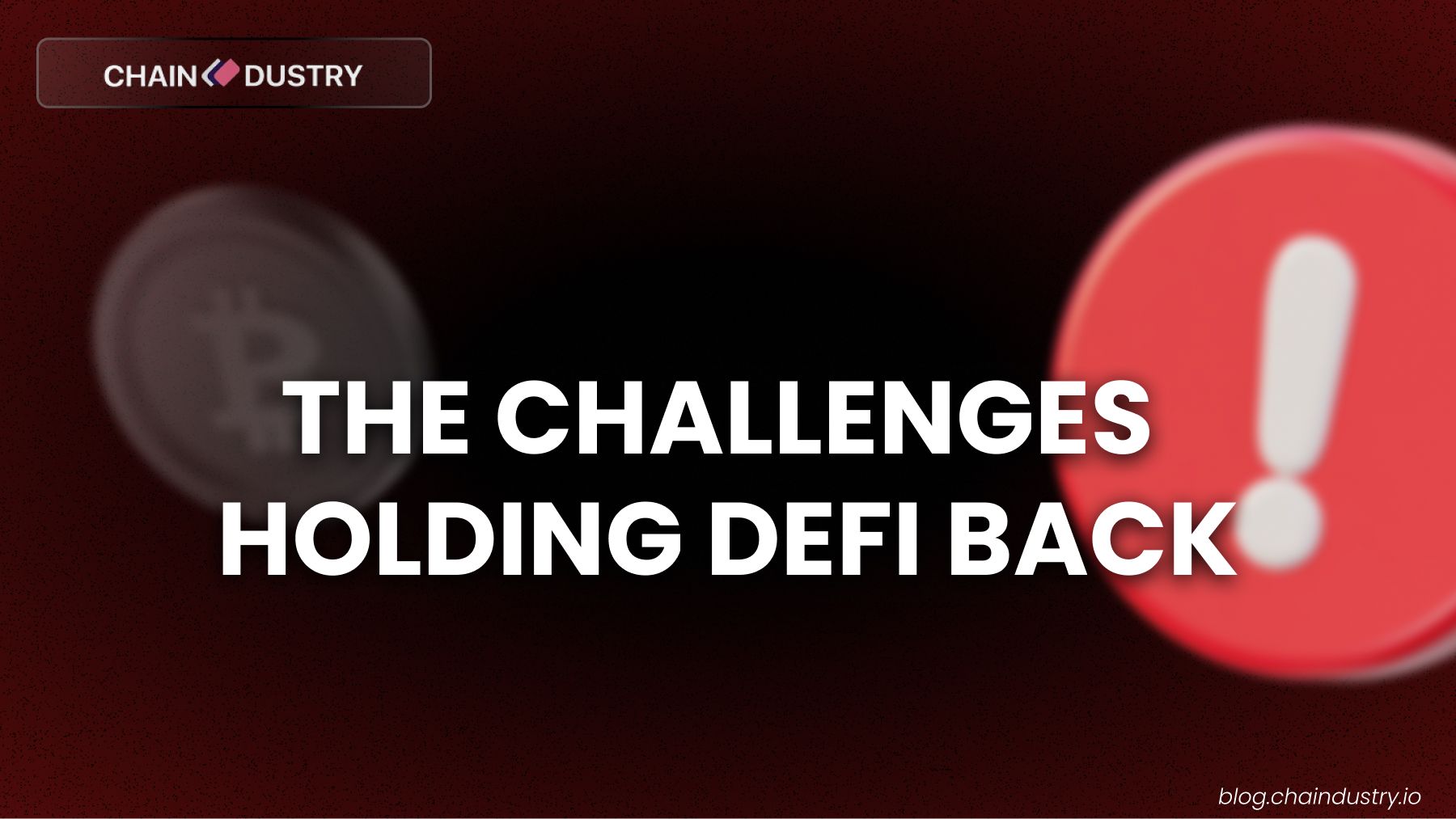Introduction
Traditional banks have been the backbone of the financial system for centuries. But with the rise of Decentralized Finance (DeFi), a new, open financial system is one that doesn’t require intermediaries like banks.
🔹 Facts:- 1: As of 2024, the total value locked (TVL) in DeFi protocols exceeds $50 billion. (Source: DeFiLlama)
2: DeFi platforms offer lending, borrowing, and trading services without a central authority.
3: Traditional banks charge high fees and have slow settlement times, while DeFi provides 24/7 access and instant transactions.
So, could DeFi eventually replace banks, or will they find a way to coexist? Let’s explore.
How DeFi Challenges Traditional Banking
1. Permissionless Access
Anyone with an internet connection can use DeFi, you don't need bank accounts, credit scores or gatekeepers.
2. Higher Yields & Lower Fees
DeFi platforms cut out middlemen, meaning users earn more and pay less.
Traditional savings accounts offer 0.5% interest, while DeFi lending protocols provide 5% or more on stablecoins.
3. Faster & Borderless Transactions
Banks operate on business hours and centralized systems, leading to delays. DeFi settles transactions instantly, 24/7, and across borders.
The Challenges Holding DeFi Back

1. Regulatory Uncertainty
Governments are tightening DeFi regulations, potentially slowing adoption.
The SEC has started targeting DeFi platforms, arguing they should follow the same rules as banks.
2. Security Risks & Hacks
Since 2020, hackers have stolen over $6 billion from DeFi protocols.
The Ronin Bridge hack in 2022 resulted in $600 million in stolen funds.
3. Complexity for Mainstream Users
Using DeFi requires technical knowledge, making it less accessible than traditional banking.
Setting up a DeFi wallet and understanding yield farming can be intimidating for non-crypto users.
Will DeFi Replace or Complement Banks?
Instead of fully replacing banks, DeFi is more likely to coexist with traditional finance. Banks are already exploring blockchain-based solutions to remain competitive.
-
JPMorgan and Citibank are integrating blockchain for faster settlements.
-
Visa and Mastercard are working on crypto payment solutions.
-
Some banks are launching DeFi-like products while complying with regulations.
Example: JPMorgan used its own blockchain for a $300 billion repo trade, showing that banks are embracing decentralized technology.
Conclusion
DeFi won’t completely replace banks, but it will force them to innovate.
The future may see a hybrid system, where banks integrate DeFi features while providing regulatory protection.
Users will benefit from both worlds(DeFi’s efficiency and banks’ security).
